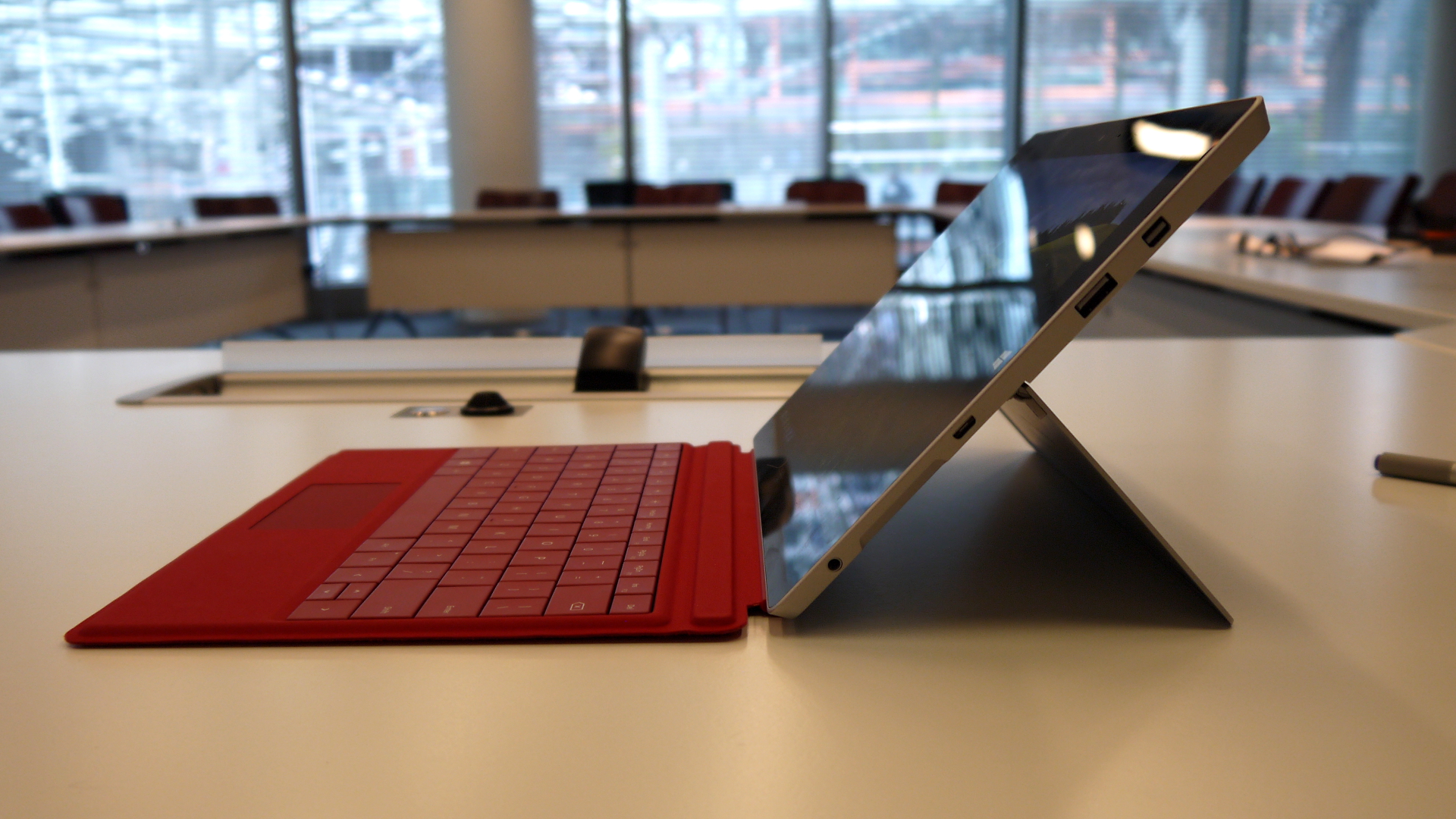Why Microsoft got everything wrong with the Surface 3
Missed chance for salvation

It's difficult not to be disappointed by Microsoft's latest attempt to become an important player in the tablet market, one dominated by Apple (when it comes to the all-important margin metrics).
The Surface 3 fails on two vital aspects; it is too expensive (and priced too closely to the Surface Pro 3) and it is underpowered.
The base configuration of the Surface 3 carries a price tag of £419 ($499, AU$699) and for that you get an Atom processor, 2GB of RAM, a full HD display (WUXGA+ to be more precise) and 64GB of onboard storage.
I don't mind about the last two points but I am absolutely livid when it comes to the processor and the onboard amount of system memory.
Cherry picking
True, Microsoft went for a Cherry Trail CPU, one that was announced only a few weeks ago at MWC in Barcelona. It is the top of the range model but it is still an Atom. Worse, it is just a die shrink of the Silvermont core.
A preliminary benchmark for a device running the X7-Z8700 (that's the system-on-chip powering the Surface 3) shows that it is around 10% better than the Bay Trail-based Z3735G SoC at equal clock speed (the latter runs at 1.33GHz while the newer SoC is clocked at 1.6GHz).
The Z3735G has been the staple processor found in the likes of the Linx7, the Argos MyTablet, the Tesco Connect and the £49.99 ($79.99, AU$99.99) HP Stream 7.
Sign up to the TechRadar Pro newsletter to get all the top news, opinion, features and guidance your business needs to succeed!
True it has a Gen 8 GPU with four times the execution units compared to the one on the Z3735G but the Surface 3 will be pushing 2.47 million pixels, 140% more pixels than the aforementioned Windows tablets. And its lower base GPU frequency of 200MHz is not going to help.
Memory lapse
Somehow Microsoft thought it was ok to only opt for 2GB of RAM in its newest Surface, a ridiculously low amount of system memory that no laptop (not even entry level ones) carry. The bare minimum is 4GB on sub-£200/$300 laptops so to see half that on a tablet that costs twice the price is a bit of a shocker.
So here we have a tablet that "packs" the perfect storm hardware-wise: A slow processor, a slow-ish GPU, a high-resolution display and lower than expected RAM. The recipe for a poor user experience especially when running resource-hungry applications.
Things turn to the worse when you compare the Surface 3 to the Surface Pro 3. At equal configuration (4GB/128GB), the Surface Pro 3 carries as little as a 30% premium over the Surface 3. You get a much, much faster processor (a Core i5), Windows 8.1 Pro, better kickstand and a user experience much closer to a traditional laptop.
Too much
At £419/$699/AU$899 without any accessories, the Surface 3 is not an impulse buy. Despite Microsoft saying that it is first and foremost a laptop replacement device, customers will fatally compare it to other brands and product ranges; devices like Apple's iPad Air, a relative bargain at around £299 (about $450, AU$599) for the 16GB model, or other 2-in-1 hybrid laptops.
To make the Surface 3 a real success, Microsoft needs to cut down the price, quickly, otherwise, we're onto another hardware debacle for the Redmond company. Dare I say, this Surface 3 is the right heir to the Surface RT and the Surface 2 but in all the wrong ways.

Désiré has been musing and writing about technology during a career spanning four decades. He dabbled in website builders and web hosting when DHTML and frames were in vogue and started narrating about the impact of technology on society just before the start of the Y2K hysteria at the turn of the last millennium.